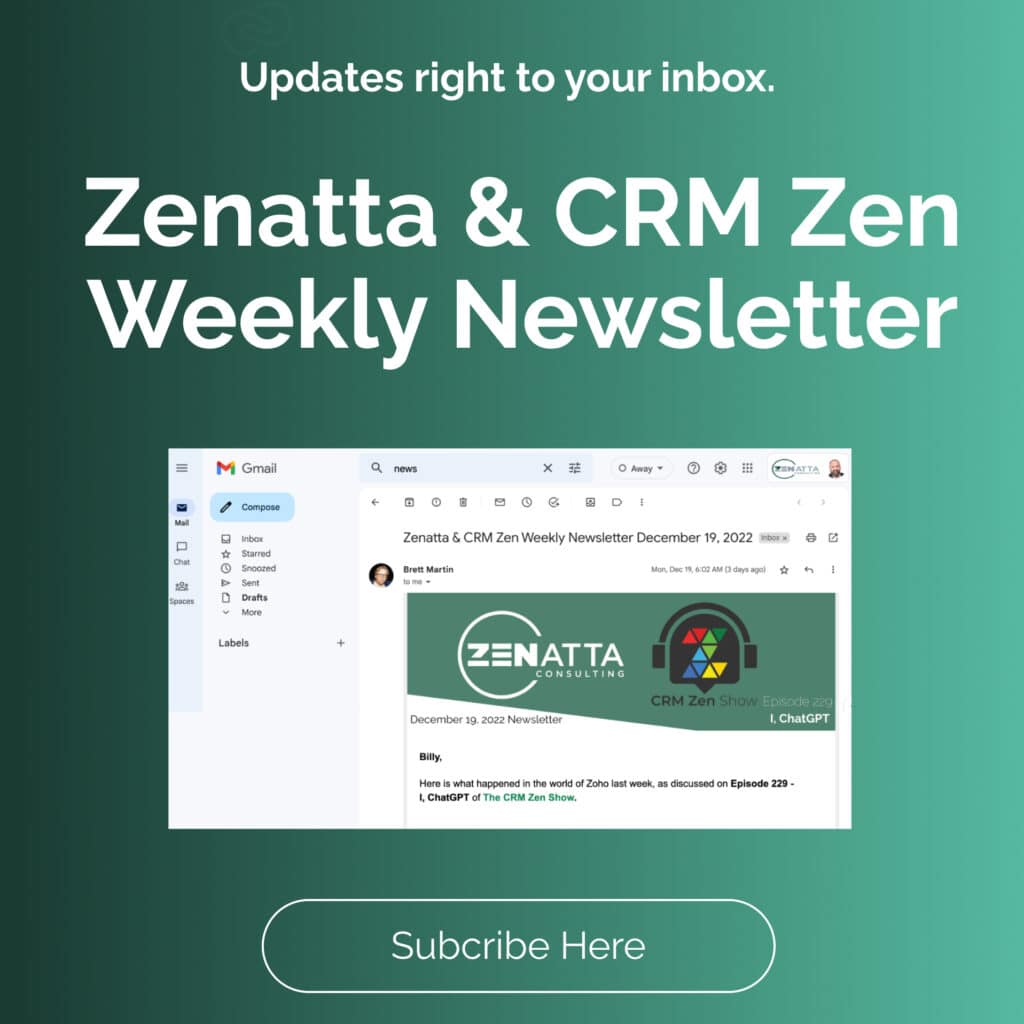Brand videos are the future of small business communications! Small business videos are only rarely done effectively. What makes a video “work” on a technical level? You might not know the answer to that question right now. But stick around, and you will.

Brand Video Secret #1: Relevant Content
Loud and colorful videos might be effective in grabbing a viewer’s attention initially. To keep attention, you need relevant, interesting content. And not content that’s interesting to your marketing department. A press release in video form will not get more views than your PDF press releases will. No, you need to share something interesting, relevant, exciting, funny, emotional, or educational. If you can’t make a straight-faced pitch for why your content falls into one of those categories, you won’t keep viewers.
Do you know what’s relevant to your audience? If not, find out. How can you connect your brand with the content your audience wants? Think broadly, and outside the box. It’s helpful to brainstorm with a team. No idea is bad at the first stage, just collect everything you imagine. Then, evaluate. How can you make your ideas wittier, smarter, more edifying, and more entertaining? Don’t settle for the drab normality of a person reading a press release: that won’t perform any better than the PDF of a press release, and it costs way more to accomplish. Make videos you want to show your friends, videos that you’d be excited to watch. It’s hard enough to make a viral hit or even modestly successful without being hamstrung by appealing content, so avoid it like the plague it is.
Brand Video Secret #2: Effective Editing
Editing is not simply dumping the footage you shot into YouTube. Your goal as an editor should be to tell the most interesting, eloquent, and emotive story you can with the footage you have.
The amount of footage that’s left out of the final cut can be surprising to newbie editors, but it’s necessary. It’s highly unlikely that everything you shot is interesting: unless you shot a ten-second clip of Jesus’s undeniable return to the Earth, we can guarantee at least half of it is unnecessary. In a good project, you’ll shoot ten times more footage than you use. The highest-quality productions might only use one percent of what they shoot.
The energy of your video is determined by the pace of your editing. By cutting between shots, we create a sense of rhythm and timing. Depending on the content, fast cuts can express energy, chaos, excitement, or confusion. Longer cuts are favored in educational and informative content, where conveying information is more important than attracting attention with flashing lights.
Too much quick cutting can exhaust and confuse a viewer, or even make them nauseous. But too many long cuts are boring, static, and uninteresting. It’s up to your editing to establish a rhythm that works for your content, but you need to keep it moving enough to keep the viewer’s attention while not confusing them. If at any point you feel bored watching the video, that means you’re not keeping the viewer’s attention. You can fix this with editing: remove the dull bits and repetitions, or add emphasis and clarification to make the point stick. It’s an art and a balancing act, which is why your best bet is to work with a professional video team that can figure this all out for you.
Brand Video Secret #3: High-Quality Production
This might be a catch-all recommendation, but you need to shoot your video right. You can do things right for surprisingly cheap, but recording an interview on your iPhone isn’t going to capture long-term viewers.
At the very least, audio must be intelligible, titles must be readable, footage must be legible, and effects must be completed. The only real exception is documentary footage of an event where you often can’t control the environment you’re shooting in, but you can at least clean it up in post-production. Have pity on your viewers: don’t make them suffer through buzzing audio or grainy, dark footage if it’s not strictly necessary.
Common Needs For High-Quality Videos
- Continuous lighting: LED lamps are cheap and bright, and run off mains power or a battery. Reflectors can be even cheaper, but require the environment to cooperate with you. You’ll also need stands and grip gear to position them.
- HD footage: even an iPhone can shoot HD footage. In fact, it makes a great run-and-gun documentary device. So don’t use anything that shoots at a lower quality than HD (1080p) in 2019.
- Decent mics: you can get a lavalier mic that clips to your talent’s jacket and connects to anything, from an iPhone to a wireless mic pack. They’re cheap and mandatory for listenable audio. The first step in capturing good audio is getting the mic as close to the source as possible, and it’s hard to do that in most shots without a lav mic.
- Shotgun mics, also known as boom mics, are another option, but require an operator and can be difficult to use properly. Mounting a shotgun mic to the top of a camera is a mediocre solution: it does upgrade the quality of the camera’s direct audio, but the directionality of the shotgun mic can work against you.
- Intelligible editing: you need to assemble your video in a way that makes sense and tells a story. Use a high-quality editing tool like Final Cut Pro or Adobe Premier. There are free and cheap options available, but not all options are made equal. Avoid anything that watermarks your video, no matter how good “free ninety-nine” sounds like a price tag. If you truly have zero dollars, iMovie comes with every Mac and iOS device. Your viewers might tolerate a dull host, but they won’t tolerate dull editing. When in doubt, tighten things up as much as possible. Remember that brevity is the soul of wit: brand videos, like all content, rarely need to be longer.


